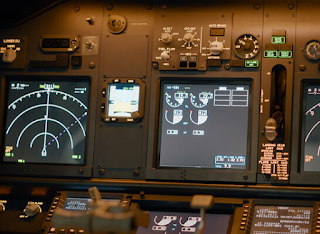Q: What is the Aerospace Industries Association (AIA)

A: The Aerospace Industries Association (AIA) is a trade association representing the aerospace and defense industry in the United States. It serves as a collective voice for companies involved in developing, manufacturing , and supplying aircraft, spacecraft, missiles, defense systems, and related technologies. The AIA acts as a liaison between the industry and government, advocating for policies, regulations, and funding that support the growth and competitiveness of the aerospace and defense sectors. Founded in 1919, the AIA promotes its member companies’ interests and shapes policies that impact the industry’s ability to innovate, create jobs, and contribute to national security. The association engages with lawmakers, government agencies, and international organizations to ensure that the aerospace and defense industries are well-represented and understood in policy-making. The AIA also provides a platform for collaboration and networking among its member companies, facilitatin...




